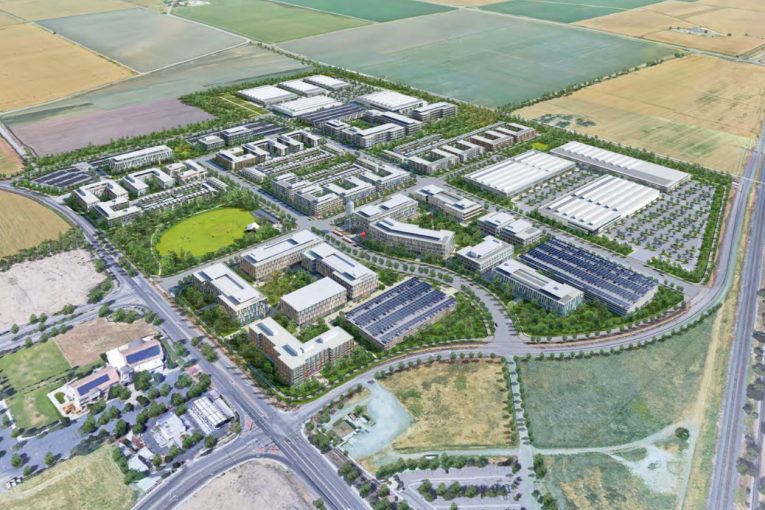
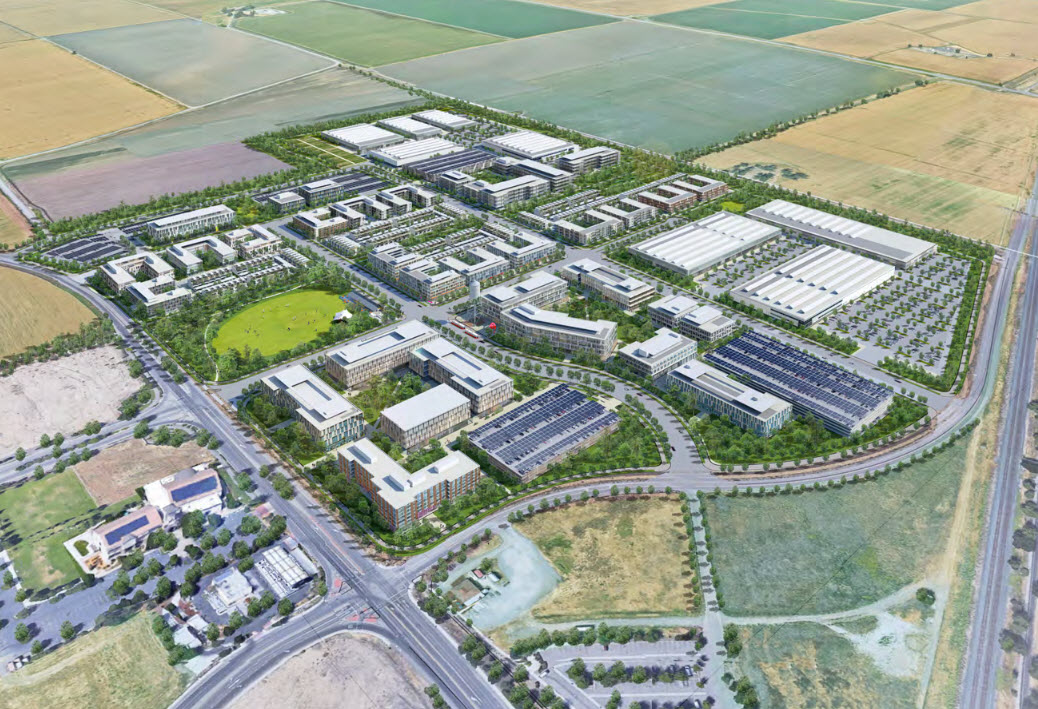
I have been a bit surprised that the fiscal analysis by EPS is not generating more pushback. However, what becomes pretty clear is that the reason that the numbers shift from a $2.2 million revenue generation to a $5.4 is actually highly technical and mostly not related to the project itself.
In our view, the $2.2 million in ongoing revenue that MRIC was projected to generate was overly conservative in one key objective sense, but also structural as you will see shortly. The $5.4 million seems more reasonable on the surface, but still probably remains a conservative figure as I will explain in the middle section of this.
Then again, all of this will depend on a key variable that is not explored in the EPS analysis – can the city of Davis get companies to move here.
As I explained in the analysis last week, most of the numbers in the side-by-side make intuitive sense. TOT for instance increases because we passed a new TOT. There are additional state funds available as well.
The two biggest changes are that sales tax moves from $744 thousand to $2.2 million. That is easily explainable because EPS made the conservative assumption that the one percent sales tax increase would sunset on December 31, 2020. As we now know, the voters have permanently extended that sales tax increase.
That left one big and unexplained increase – property taxes moved from $381 thousand to $2.7 million. Even if you believe that EPS in 2015 was overly conservative, that’s a huge jump.
The explanation for it negates that suspicion. It’s very technical.
Basically the county went from Post ERAF numbers to Pre ERAF numbers. ERAF is the Education Revenue Augmentation Fund and is used to collect the property taxes in each county that are shifted from cities, the county, and special districts prior to their reallocation to K-14 school agencies.
By going to Pre ERA, the city and county go from splitting 11% of the property tax to splitting 32 percent and in a 50-50 split, that means each side gets 16% of those taxes. That means it moves from 5.5% each to 16% each.
In short, it looks like the numbers move so dramatically all due to very objective reasons rather than subjective ones.
Still not enough? I got an email over the weekend from someone who argued given the size and impacts of this project, $5.4 million is still not enough.
There are reasons to still believe that the number is on the conservative side even though the 2.6 million square feet of R&D space along with a hotel and some ancillary retail are generating $5.4 million each year. That number is basically half our ongoing shortfall – at least as projected pre-economic collapse.
In my view, I would prefer more conservative numbers like this one to more aggressive numbers. And I do think this is conservative.
First of all, and we have debated this point many times on here, on the cost side, while they have added in a park from MRIC to ARC, which is a clear new costs, a lot of the other costs are fair share allocations rather than true ledger costs.
In other words, other cost increases are incremental from cost-of-service increases. Fire goes from $376 to $538 thousand. Police from $693 to $892 thousand.
But why are we including police and fire in the costs for the project in the project in the first place. After all, we are not going to add new firefighters or new police officers because of this project. So yes, I understand in accounting the need to allocate fair shares into the calculations, but in terms of the city budget, these costs are not ones that are going to appear on the books.
Second, we get to $5.4 million without the use of a tax inflator. But we could generate another $1 to $5 million per year by adding one in.
As one city manager explained to me, in his city, they have a special tax on all commercial property of about 60 cents per square foot.
That means that for a project that is projected at 2.6 million that would generate an additional $1.56 million each year. I have seen a projection for such a tax at a research park going up to $2 per square foot, that would be another $5.2 million in revenue.
Suddenly we could be looking at $7 to $11 million in net revenue rather than just $5.4.
Also consider perhaps a best case scenario, but what happens if we put a large number of high end manufacturing high tech companies into this space.
Take Mori Seiki.
. They have 200,000 square feet of space by themselves. They employ about 100 people. They also sell about 100 machines per month and gross about $115 million per year just in sales. That would mean by itself Mori Seiki generates over $1 million for the city just in terms of the one percent sales tax.
That would not even include the baseline sales tax or property tax take from Mori Seiki.
It’s probably not reasonable to expect 10 to 13 Mori Seiki’s at the ARC, but if we landed them, the park could generate well over $10 million per year in ongoing revenue even without an inflator.
All of that is simply to illustrate two ways that the city could generate a lot more revenue than projected by the EPS report. I would not suggest changing it, as I said, better to plan conservative and adjust upward than making rosy promises and having to make cuts on the back end.
Finally, some are going to argue that we don’t need this because we simply do not have the commercial demand.
Comparing commercial to housing is part of the problem. If you build housing, you will expect probably a five year build out and a fairly immediate occupancy, especially during a statewide housing shortage.
Commercial definitely does not work this way. There is an historic absorption rate that leads to a build out over a project 25 to 50 years. That means you are not going to build and suddenly have a full park.
Is there demand? I think we have to look at what we have been able to land over the last 10 years with limited space and we have some considerable wins – HM Clause, Mori Seiki and more recently MARS, ADM and a few others.
We have also had some big loses over the years – companies that had ties to UC Davis, that have landed elsewhere because we lack the room. Companies that started here like Agraquest now Bayer and Schilling that have had to move because they have not had move up opportunities.
Worst case scenario with ARC is that we will have huge areas of it continue to lie fallow in agricultural land if the demand isn’t there. But realistically with a shovel ready project and huge growth in companies in the region and a large outflow from Silicon Valley, we will have plenty of opportunity to build out the project over the course of the next few decades.
—David M. Greenwald reporting




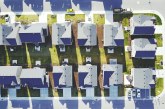
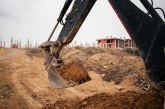
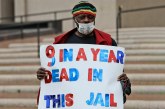
David… there is a time-honored tradition for the true professionals to approach presenting/analyzing a project, in EIR’s and other analyses: lean towards over-stating negative impacts, lean towards understating beneficial impacts…
Good reasons for that… makes both analyses more “bullet-proof”, legally and politically, as it presents a view that leans slightly towards “worst-case”… if a project is approved with such analyses, there is less risk. Simple concept. And, appropriate… we do not “know” the future, with certainty.
Bill, there is also a time-honored tradition for true professionals to approach presenting/analyzing a project through a series of scenario analyses … and then, rather than putting all one’s eggs in a single basket, present at least three likely scenarios in the presentation of results, a pessimistic scenario, an optimistic scenario, and a middle-of-the-road scenario.
For some reason the City of Davis does not choose to follow thst time-honored tradition … and ends up stoking the fires of community speculation and polarization.
That was what I was getting with when I said it’s good that the projections are conservative – they are defensible and they don’t oversell it.
We aren’t? There would be a couple of thousand people living there, mostly young adults. What basis does the police chief and fire chief use for requesting personnel? I assume it’s at least partly on a per capita basis. The addition of large amounts of housing in this project, it seems to me, will certainly increase the need for safety personnel.
I would suggest asking the leaders of those departments what their formulas are for determining their needs for additional full-time equivalents.
No we are not going to add firefighters as the result of this project.
Can you get the Fire Chief to state that on the record?
Fire Chief doesn’t make that decision.
David… Fire Chief doesn’t make the “call”, but CLEARLY makes the recommendation…
But the fire chiefs have been asking for more staff several years now – and with the budget hit coming, they are not likely to get them.
And 1,000 compared to 68,000, what would the %-age increase be? And apply that to the number of those currently serving in public safety?
De minimus…
It’s going to be more than 1,000 residents at buildout. Police staffing models:
Source: https://icma.org/sites/default/files/305747_Analysis%20of%20Police%20Department%20Staffing%20_%20McCabe.pdf
How does the Davis police chief determine how many police officers are needed?
See David’s post of 8:26… and preceding… the Police Chief doesn’t technically determine… only can recommend to CC…
Don… formulas are in “flux”, particularly for Fire… for example, with the more stringent fire codes for buildings in the last 10-20 years, including mandatory sprinkler systems for most all structures, the risk has decreased… for structural fires…
There are many more calls for EMT type services than there are for ‘fires’… I expect that trend to continue…
The EMT stuff would be the trend to watch…
And, whether the Fire Dept is the most cost-efficient way to provide EMT services…
Not something that the fiscal analysis “analyzes”.
But, the proposal “incentivizes” construction of the first three phases, since that’s when all of the housing would be built.
That fourth phase is the one that would likely be the most challenging, after all of the housing has been built. That’s when *gasp* they’d actually have to build commercial, on its own!
And by then, another peripheral housing development would be needed to house the 1,200 additional Davis residents that the proposal won’t accommodate. (With the cost not included in the fiscal analysis.) In addition to those projected to commute to the site.
On a related note, the proposal includes no Affordable housing. Nor is the fiscal impact of it (e.g., built “elsewhere”) analyzed.
Correction – 1,200 “residential units”.
That’s why I said, “not explore”
The proposal will have about 2 million of the square feet of R&D by the end of third phase. By that point they will a fully functioning innovation center. I don’t see the fourth phase as being the most challenging. I would argue the first phase will be – getting the initial companies to move in and putting in the initial infrastructure.
I haven’t fully analyzed this yet, but does it mention the housing shortage created by each phase? Or, only a total?
I would assume that (since no housing is built in the last phase), that’s when the shortage is exacerbated (and will have to be accommodated, “elsewhere”). Again, the cost of these 1,200 residential units is not in this fiscal analysis, nor is the fiscal impact of the Affordable housing that would supposedly be built elsewhere.
But again, there’s strong evidence that commercial development of this type is not sufficiently profitable, on its own. Hence, the greater difficulty of the last phase.
No need to rush on that, at least in my view… would consider the source…
Also, can someone (who is not a “booster” of the proposal) explain the implications of this?
The implication is that more tax is kept locally rather than going to the state. That decision was made independently of any of this.
Thanks, but your response does not fully explain this. (A reason that I suggested a “non-booster” respond.)
I’m not sure what you are asking, but the reason I responded is I did this legwork last week to understand why the property tax had changed so markedly and it had to the do with ERAF changing back to the way it was. So what exactly is your question and I will attempt to ask it? I don’t think other people will be able to answer it as this is highly technical.
Please note… with teaches unions and schools, particularly now, don’t be surprised if the State doesn’t go back to the previous ERAF formulae… or more so…
I am very glad to see the economic impact report and your subsequent analysis. Davis needs more innovation and a smart project like this one to keep our intellectual capital here in town and leverage our assets as a community. Thank you, David for this analysis.